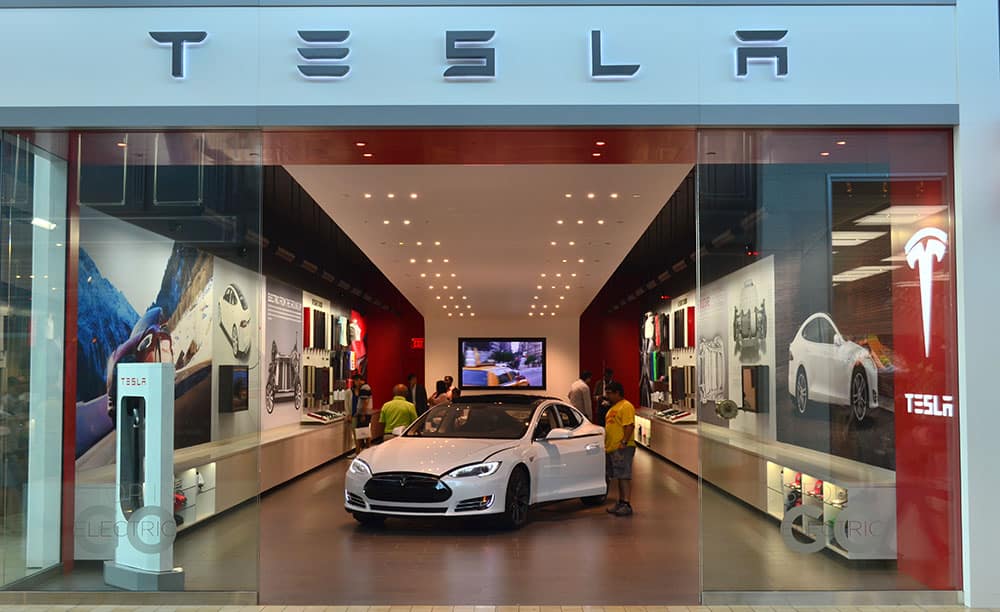
Advice on designing channel incentive programs that motivate partners and drive sales.
The distribution channel is the critical link in every type of manufacturing, from flooring to fuel to automotive. Headquarters can manage the operations and formulate the marketing strategies, but it’s the channel partners that funnel the product to the consumer and are often the face of the brand.
Many companies rely on channel incentives to motivate their channel partners and drive sales, just as they do for their direct sales forces. The goals of these programs can vary, from teaching best practices to ensuring that they execute marketing programs, achieve certifications or follow up on leads.
“Designing an effective channel incentive strategy needs to reinforce the sales processes, highlight product information and reinforce the sponsoring company’s value proposition. It’s about helping channel partners and their salespeople sell effectively, while answering, ‘What’s in it for me?'” says Lincoln Smith, EVP, sales and marketing, HMI Performance Incentives.
Prevue tapped a variety of incentive experts for advice on creating a successful channel incentive:
Offer multiple awards
According to a white paper published by the Incentive Research Foundation, 62 percent of participating dealers’ loyalty was based on their overall impression of incentive travel, whether or not the destination excited them and if they would have a chance to mingle with top management at the sponsoring company. For those individuals for whom travel incentives do not appeal, cash rewards were preferable.
Don’t discriminate
Participants need to feel that a program’s rules are fair and don’t discriminate. Also, it’s important that the rules remain consistent from year to year.
For a fuel distributor whose goal was to grow market share, HMI Performance Incentives divided the group into large and small dealers so that even the smallest could qualify for the top group trip. They kept everyone engaged with quarterly contests where they could win merchandise.
“The biggest trend we’re seeing is that companies are going to market through a smaller number of more sophisticated channel partners,” says Bob Miller, president of One10, a new player in the field created from the recent acquisition of Aimia’s Proprietary Loyalty Business. “Those that are growing their channels tend to segment them into specific ‘micro-channels.'”
The result, he says, is that channel incentives must be more personalized than ever to appeal to these very discerning audiences, “and incentive trips need to be carefully curated, personalized experiences.”
Make it tech-savvy
Program details need to be available to channel partners whenever they want them via their phones. The recipients also need to be able to access messages in whichever media they prefer. “Feedback mechanisms should be included to create dialogues, versus sending pre-packaged static content,” says Miller. “Speed, brevity, easy access and relevance are all critical.”
Simple is better
Various companies are competing for channel partners’ loyalty, so the easier the program to understand, the better. The most effective program might not be the one with the most enticing trip but the one that’s easiest to understand.
Include mileposts so that participants know where they stand at all times and in relation to peers. An online leaderboard spurs on healthy competition, as does recognizing high performers in front of the entire group.
Make the reward match the effort
Prizes should reflect the time and effort invested, with smaller rewards for completing training, for example, and bigger rewards for major sales.







